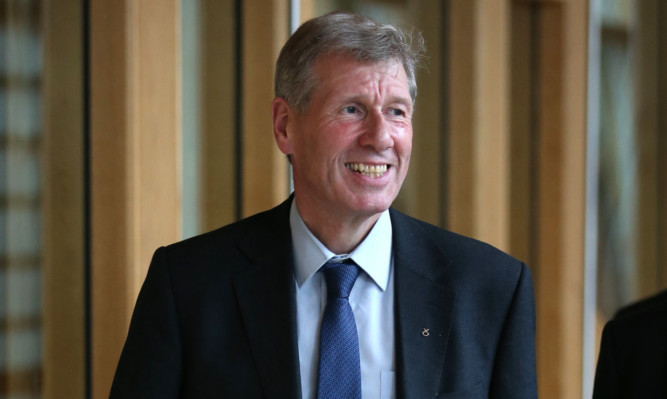A controversial plan to abolish the age-old requirement for corroboration in criminal trials has been dropped by the Scottish Government following a review which recommended that it be retained in certain circumstances.
A review by former High Court judge Lord Bonomy recommended that corroboration should be kept for evidence that is related to a confession or is hearsay an account given by a witness in court about a statement made by another person before the trial.
In response, Justice Secretary Michael Matheson said he wants to build a consensus on a package of proposals for criminal justice reform, including a full response to Lord Bonomy’s review.
He said: “Given this approach, I do not consider there is sufficient time to complete this work before the Criminal Justice (Scotland) Bill resumes its parliamentary passage.
“On that basis, it is clear to me that proceeding with the removal of the corroboration requirement in that Bill would be neither appropriate nor feasible.
“The Bill should proceed with amendments to remove corroboration provisions from the Bill, and also to remove the related increase in the jury majority required for conviction.
“Removing the corroboration provisions from the Criminal Justice Bill will allow the other provisions in the Bill to go forward as soon as parliamentary timetables permit.”
The controversial plan to abolish corroboration was backed in an initial vote at Holyrood in February last year.
Mr Matheson’s predecessor Kenny MacAskill had to rely on the SNP’s majority to ensure the proposal remained in the Bill by just three votes.
The plan to remove the provision was welcomed by police, victims’ groups and prosecutors, with some arguing its removal will make it easier to take cases of sexual assault and domestic abuse to court.
Labour, Conservative, Liberal Democrat and Green politicians joined forces to demand the SNP halt the plan.
